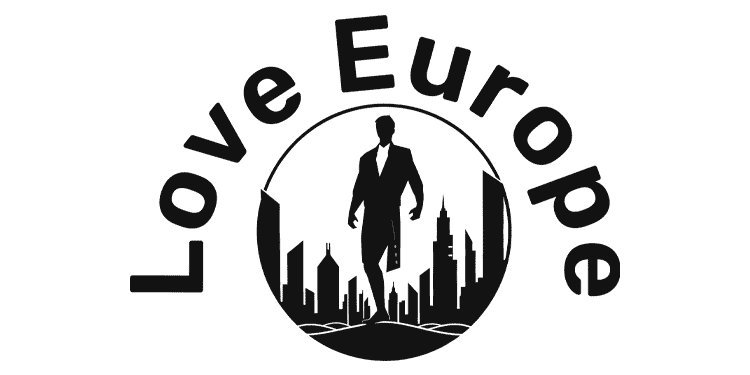COPENHAGEN — As hard-line anti-immigration policies gain traction across the Western Hemisphere, an extreme experiment is underway in a place you might least expect: Denmark. The Danish program could be a template for other rich countries gripped by rising intolerance — and not necessarily a healthy one.
One of the world’s richest, most peaceable nations, Denmark is halfway through a 12-year plan aimed at promoting social cohesion. The project is exacting a steep price in upheaval, dislocation and, in some cases, cruelty from some heavily immigrant, mainly Muslim neighborhoods.
The Danish program takes aim at so-called parallel societies, social housing projects where more than half of tenants are “non-Western” — we’ll get to that phrase’s dodgy definition later — and where they fare worse than average by at least two of four measures: income, employment, education and criminal convictions.
The goal is to overhaul those areas — by demolition, densification or gentrification — by 2030. In some places, that has meant privatizing and renovating apartment blocks that were subsidized for decades. But in others, working-class immigrants from Pakistan, Lebanon, Syria and elsewhere have been forcibly evicted, their buildings razed or gutted for development. Communities have been shattered, and many tenants dispersed.
The demolitions would be outlandish in the United States: Imagine taking a wrecking ball to Chinatown if statistics showed too many high school dropouts and convicted shoplifters. It could also turn out to be illegal, depending on a European Union court ruling expected next year.
In Denmark — tiny, tidy, highly taxed — the policy is uncontroversial. Of 12 political parties, just two, both on the extreme left, have criticized it. The conviction that migrants should embrace (gauzily defined) Danish standards of conduct is widely accepted.
“Holes have been made in the map of Denmark,” a government report asserted in 2018, citing migrants who did not work, learn the language or “embrace Danish norms and values.”
That might prove an appealing model in other countries where anti-immigrant sentiment is on the rise and voters believe integration has failed. Swedish officials have debated adopting a policy like Denmark’s; state officials from Germany are also examining it.
The Danish policy was launched in 2018 after four decades of mounting immigration, during which newcomers from the Middle East, Asia and Africa increased almost tenfold, to roughly half a million, or 8.5 percent of the population.
That shift typified others across the continent, where once-homogeneous nations have become ethnic mosaics, unrecognizable to many older Europeans. Unease, intolerance and, let’s face it, a hard core of racism have driven the ascent of hard-right parties. That’s most notable in France, where an anti-immigrant party, once a redoubt for antisemites and former Nazi collaborators, now leads polls ahead of parliamentary elections that could elevate it to power this month.
Denmark’s parallel societies initiative uproots not just migrants but also, in some cases, their children born and educated in Denmark. The government insists that singling out non-Western residents — defined as those from outside the 27-nation European Union, the United States, Canada, Australia and a handful of other rich, mostly White countries — is not ethnic discrimination, which is illegal under European law.
But that nice legal argument does not obscure the fact that a disproportionate share of those dislocated are brown-skinned and Muslim. In 2020, a panel of U.N. experts said Denmark’s policy threatened discrimination against the country’s non-White, non-European minorities.
“If it were people from South America living in those areas, I doubt the government would see them as a problem,” said Eddie Kahwaja, a lawyer representing residents challenging the program in the European Court of Justice.
The rationale, as Thomas Monberg, a Social Democratic member of Denmark’s Parliament, explained it to me, is that a country with just 6 million people cannot tolerate outlier communities while maintaining cradle-to-grave social benefits that rely on broad political support from citizens who pay for them. Integrating heavily migrant areas will elevate them, he said.
But the government has struggled to explain why the policy exempts neighborhoods where ethnic Danes make up the majority but confront similar problems of education, employment, income and criminality. And while officials say statistical metrics are improving in neighborhoods undergoing conversion, no one is tracking migrants forced to leave those areas.
In two targeted Copenhagen neighborhoods I visited, many people supported the program, especially ethnic Danes. But some migrants said it was rooted in bigotry. “I think they’d leave people alone if they weren’t Muslim,” said Abdulahi, a 38-year-old engineer who asked that his last name not be used; he said his Somali parents brought him to Denmark as a child.
What’s weird about the parallel societies program is the insecurity it reflects in one of the world’s success stories. Denmark is at or near the top of virtually every positive E.U. ranking, including GDP per capita, and wealth in Denmark is more equitably distributed than in many rich countries. It’s a magnet for international students, and Copenhagen is the world’s second-most-livable city, according to the Economist Intelligence Unit.
Against that backdrop, you have to wonder: If Denmark wants to tackle criminality and low income, employment and education, why not do that without stigmatizing residents by national origin?
Source link : https://www.washingtonpost.com/opinions/2024/07/02/denmark-immigration-parallel-societies-assimilation/
Author :
Publish date : 2024-07-01 09:49:19
Copyright for syndicated content belongs to the linked Source.
